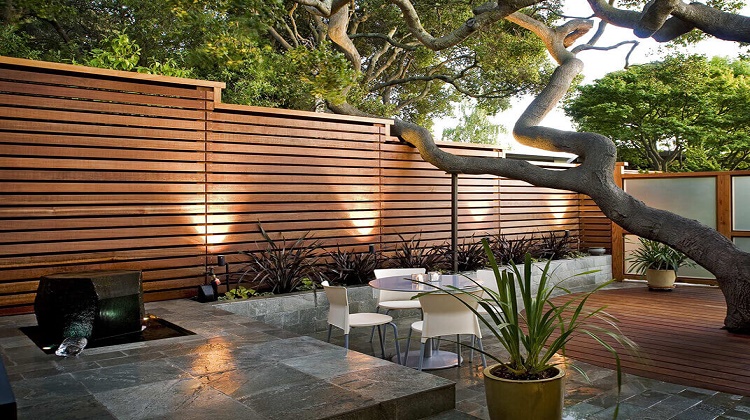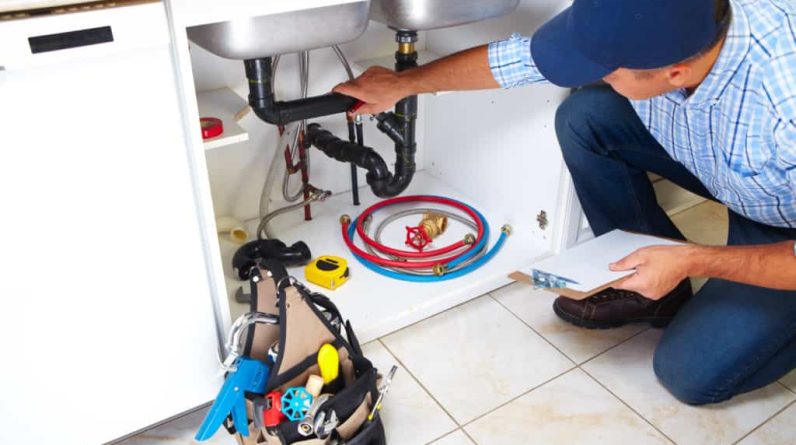
Commercial metal roofs are strong, durable and last longer than shingled roofing. They also reflect the sun’s rays, keeping energy bills low. A commercial roof replacement is quicker than a repair, but if you wait too long, you could see water damage within your business. Learn when to replace your commercial roof with metal by watching for these telltale signs: rust, leaks, loose panels and more.
Loose Roof Panels
Metal roofs are incredibly durable, but they’re not invincible. Widespread leaks, loose panels, missing fasteners, and poor installation can all lead to a sudden need for a replacement.
If you find yourself constantly repairing or replacing damaged metal roof parts, it’s time to consider an upgrade. A metal roof typically lasts 40 to 70 years, and you can improve its lifespan with regular inspections and maintenance tasks. A metal roof’s longevity depends on its design, installation, and materials quality. It’s a good idea to hire a commercial metal roofing installation company with a warranty for its quality. It will protect your investment if the contractor’s work isn’t up to par. Most metal roofs connect through high-quality screws that can last a long time. However, you should physically check these fasteners during a roof inspection. Loose screws can back out of the sheathing and allow water to drip down the interior of your home. You should also check for scratching and scuffing on the exterior of your metal roof. These marks may indicate the need for a new coat of paint. You can repair these minor imperfections by applying a touch-up pen designed for your specific type of roof. It would help if you also prevented different metals from touching each other to avoid corrosion. For example, Galvalume performs best when not in contact with copper, concrete, brick, or iron.
Leaks
Over time, commercial roofs start to wear down and develop weaknesses. These weaknesses can result in leaks that damage the facility’s walls, ceilings, and equipment. In addition, the moisture absorbed by the leaks promotes mold growth and musty odors throughout the building. If left untreated, a commercial roof leak can cause serious structural problems such as rotted sheathing, framing, and insulation, all of which must be replaced. Leaks are one of the most obvious signs that it’s time to replace a commercial roof. Any puddles or wet spots on the ceiling are red flags that the leaks need to be addressed. The most important step is to find the source of the leak and stop it before it spreads.
If the commercial building is large, it may be difficult to pinpoint the leak source. Moisture can travel long distances, so checking the entire area for leaks is vital. Look for any vents or pipes protruding through the roof, and inspect the flashing around those areas. Old roofing materials, poor maintenance, and inadequate roofing materials typically cause a business roof leak. Bad flashing, corroded valley underlayment, and improperly sealed seams can all lead to leaks. Regularly cleaning gutters, scuppers, and downspouts can reduce the likelihood of these issues.
Damaged Membrane
The commercial roof is the primary defense against weather and other environmental contaminants that can harm the structure of the building. It is important to catch problems and address them as they arise. It enables you to extend the life of your commercial roofing system and minimizes damage that could necessitate replacement. One of the most obvious signs that a commercial membrane roof needs repair is ponding water. It can occur for various reasons, including clogged drains, incorrect slopes, and faulty gutter systems. When ponding water is left unchecked, it can lead to leaks, mold growth, and premature roof deterioration.
Cracks and discoloration are other warning signs that your commercial roofing system needs repair. It can be due to several factors, including age, weather, and foot traffic. Commercial roofs often see a lot of traffic from people who access the surface to perform appliance maintenance and other structures. It can cause the rubber membrane to deteriorate, creating holes that allow water to infiltrate. Other frequent problems that can cause havoc on commercial roofing systems include wind and hail damage. High winds can carry tree limbs, debris, obsolete equipment, and other items across the roof surface, penetrating and damaging the membrane. It can be even more severe if hail is involved.
Rust
While metal roofing is durable, it’s not indestructible. Some types of metal roofing corrode more quickly than others due to environmental factors like pollution and deteriorating soil. Heat can also speed up chemical reactions, which degrades certain roof materials. It includes roofing materials such as asphalt shingles, which can even cause them to blister. Thankfully, a lot of these problems are preventable by installing good metal roof protection. Whether aluminum or steel, your roof should be coated with a zinc layer that protects against rusting. However, galvanized steel rusts faster than other types of metal, and scratches to the surface can also accelerate rusting. It means your roof must be inspected regularly for signs of rust, scratches, or cuts needing repair.
Scratches and cuts can be difficult to spot from the ground, especially if your building is tall. Regular inspections will help you identify and repair these problems before they spread to other roof areas. Depending on the severity of the corrosion, your options for fixing the problem may include replacing the entire roof or installing a coating to prevent further damage. While the latter option can be more affordable, it requires significant disruption to building users and doesn’t last as long as a new roof.






